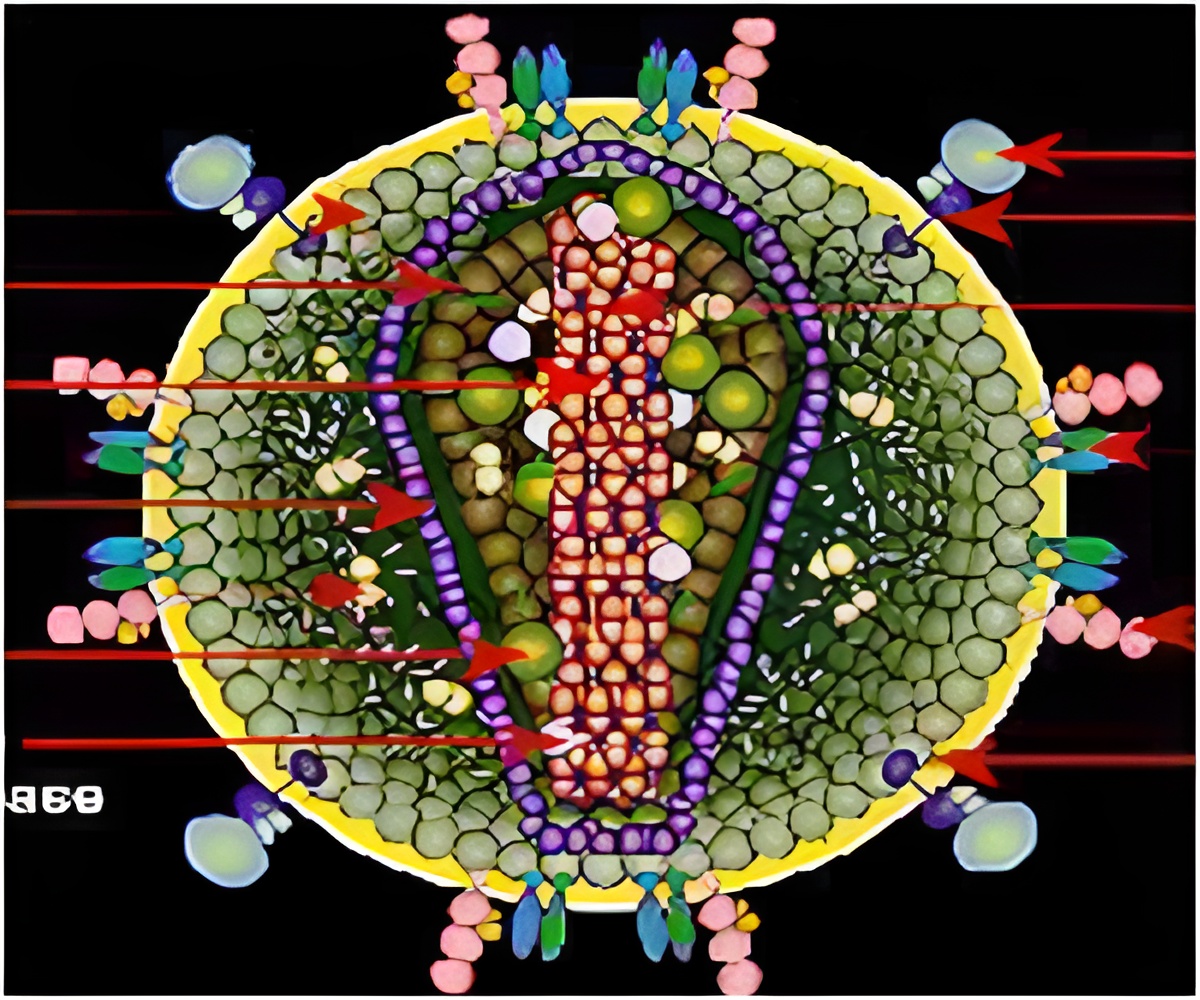Researchers at Columbia University's Mailman School of Public Health have come out with a number of surveillance opportunities.

According to Dr. Morse and the other authors of the Lancet series, there are several stages in disease emergence and each change increases the likelihood of the pathogen making contact with humans. The spread of zoonoses is strongly affected by such human activities as global travel, changes in land use, and animal agriculture. Thus prevention will require intervention and planning on many fronts.
Recent developments in modeling and technology, including revolutionary advances in communications, database design, and use of the latest molecular screening methods to identify previously unknown infectious agents, have put us on the verge of being able to predict the next zoonotic pandemic, according to Dr. Morse, who is also co-Director of the PREDICT project of the USAID Emerging Pandemic Threats (EPT) Program. Launched in 2009 The PREDICT project is active in 20 developing countries in emerging infectious disease hotspots and focuses on surveillance at human–animal interfaces where cross-species transmission is most likely, often identified through risk or "hotspots" modeling. An essential objective is also building capacity by partnering with local scientists and institutions. However, serious deficiencies remain – in disease surveillance, in our understanding of the key groups of animals that spread zoonotic disease, and in our ability to analyze the results of these advanced technologies in order identify which pathogens represent a potential threat and which are harmless.
"There is no question of whether we will have more zoonotic pandemics – the question is merely when, and where, the next pandemic will emerge," says Dr. Morse. "The challenge now is to establish whether and how researchers can intervene before a pathogen reaches the human population and develop appropriate triggers for action. Zoonotic diseases, by definition, should be a key mission of human health agencies, agricultural authorities and producers, and natural resource managers, all working cooperatively. However, in reality, the current situation leaves much to be desired, and we need substantial investments in each of these areas."
The Lancet Series is published ahead of a special 20th Anniversary Symposium to be held on December 11th – 12th, 2012 in Washington, D.C., and hosted by the Institute of Medicine's Forum on Microbial Threats. In addition to covering the latest research, this year's symposium will take a retrospective look at the IOM's seminal reports on Emerging Infections (1992) and Microbial Threats to Health (2003) as well as the 1996 creation of the Forum. Dr. Morse is a member of the original IOM committee on emerging infections and will take part on two panels at this year's Symposium including one on New Initiatives in Surveillance.
"No emerging infection has ever been predicted before it appeared in humans," notes Dr. Morse. "That's why developing a global early warning system was a key recommendation of the IOM report and of every expert group. With new technologies, for the first time in history we are now poised to predict and prevent emerging infections at the source, before they reach us. But we're in the very early stages of learning how to use these new capabilities."
Advertisement
Source-Eurekalert









